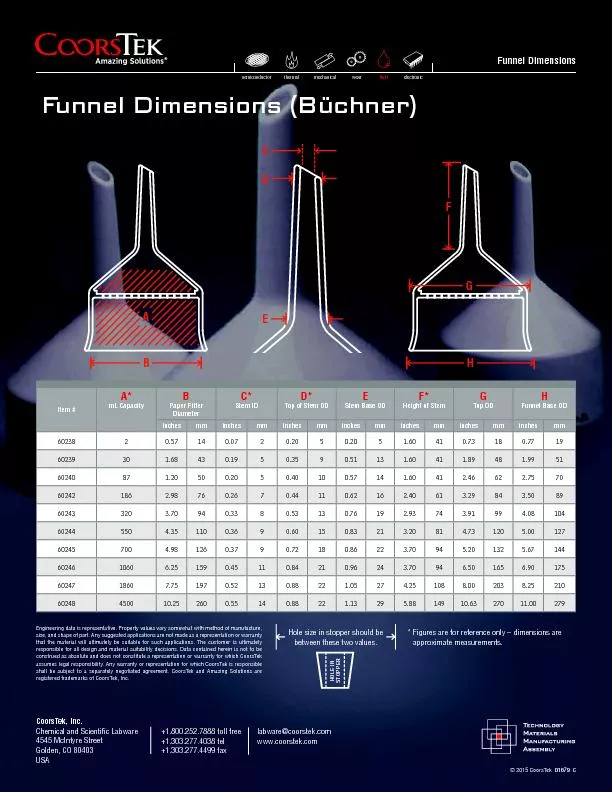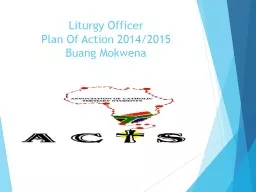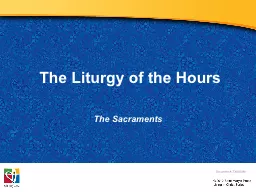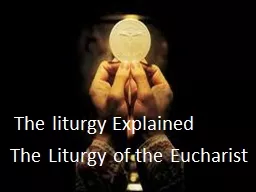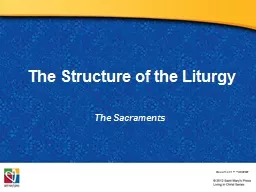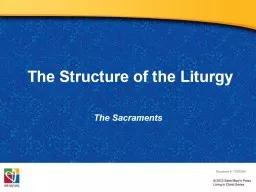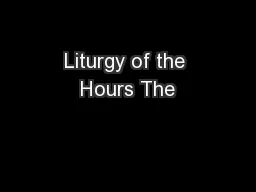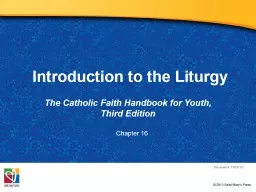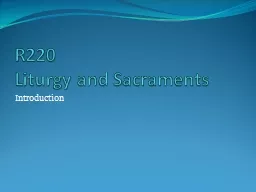PDF-‘Animated icons Narrative and Liturgy in the passion of the chrtst
Author : karlyn-bohler | Published Date : 2017-04-28
1 The Passion of the Christ Graham Holderness Only slightly less surprising than Mel Gibsonx2019s decision to make a Christian film about the Passion of Christ using
Presentation Embed Code
Download Presentation
Download Presentation The PPT/PDF document "‘Animated icons Narrative and Liturgy ..." is the property of its rightful owner. Permission is granted to download and print the materials on this website for personal, non-commercial use only, and to display it on your personal computer provided you do not modify the materials and that you retain all copyright notices contained in the materials. By downloading content from our website, you accept the terms of this agreement.
‘Animated icons Narrative and Liturgy in the passion of the chrtst: Transcript
Download Rules Of Document
"‘Animated icons Narrative and Liturgy in the passion of the chrtst"The content belongs to its owner. You may download and print it for personal use, without modification, and keep all copyright notices. By downloading, you agree to these terms.
Related Documents

